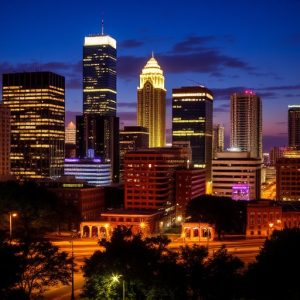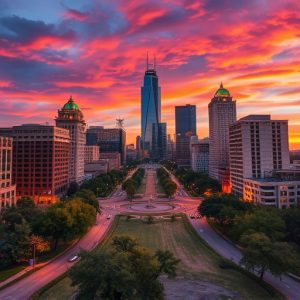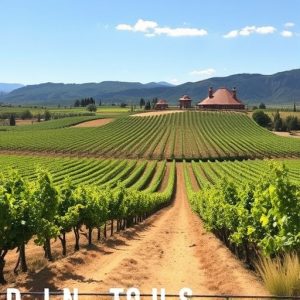Austin’s Green Oasis: A Guide to Relaxation, Recreation & Community in TX’s Parks
Austin, Texas, is celebrated for its exceptional park system that seamlessly blends urban energy wi…….

Austin, Texas, is celebrated for its exceptional park system that seamlessly blends urban energy with natural splendor. The city boasts a diverse range of parks and outdoor spaces, including the iconic Zilker Metropolitan Park, Lady Bird Lake, and Barton Springs Pool, which offer numerous recreational activities such as hiking, biking, kayaking, and swimming. These attractions are complemented by the Balcones Canyonlands National Wildlife Refuge, catering to hikers looking to explore Texas's unique ecosystems. Austin TX is also home to numerous neighborhood parks like Walnut Creek Metropolitan Park and Waterloo Greenways, providing accessible local green spaces. The Pease Park Preservation Foundation ensures the preservation of historical sites, contributing to the city's rich heritage. With a commitment to sustainability and accessibility, Austin's outdoor infrastructure is ideal for year-round activities, reflecting its dedication to environmental stewardship and community well-being. Events like Formula 1 races and the South by Southwest (SXSW) festival showcase the city's vibrant cultural scene, while initiatives such as "Austin Tomorrow" and "Building Better Communities" underscore Austin's forward-thinking approach to urban park development, making it a standout destination for both relaxation and active outdoor pursuits.
Exploring the vast array of parks and outdoor spaces in Austin, TX, offers a glimpse into the city’s commitment to leisure and recreation. This article delves into the multifaceted significance of these green sanctuaries, highlighting their role as vital community hubs and the myriad health and social benefits they provide to residents. From the sprawling Zilker Park to the dynamic Circuit of the Americas, Austin’s public areas stand out for their diverse offerings. We will navigate through innovative initiatives aimed at enhancing accessibility and sustainability, ensuring that every Austinites can enjoy the natural beauty and outdoor activities that contribute to a balanced and enriching lifestyle. Join us as we traverse the scenic landscapes of Austin’s parks and uncover the ways they foster well-being and strengthen community bonds in this vibrant Texas city.
- Austin's Green Spaces: A Comprehensive Guide to Parks and Outdoor Escapes
- The Importance of Natural Retreats: Austin's Role in Promoting Relaxation and Recreation
- Iconic Parks in Austin, TX: From Zilker to Circuit of the Americas
- The Health Benefits of Outdoor Activities in Austin's Parks
- Community Engagement: How Austinites Utilize Public Spaces for Social Gatherings
- Innovative Initiatives in Austin: Enhancing Accessibility and Sustainability in Parks
Austin's Green Spaces: A Comprehensive Guide to Parks and Outdoor Escapes
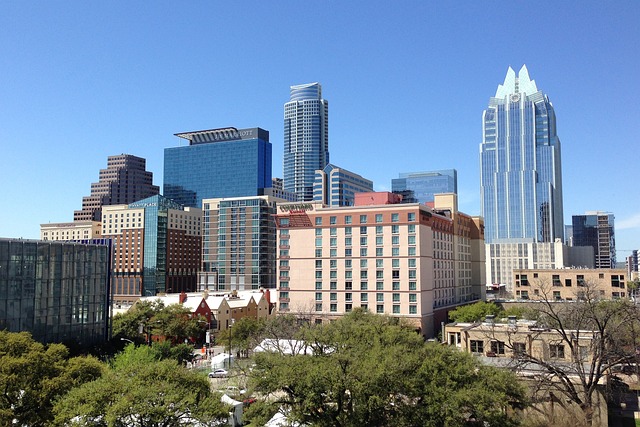
In Austin, Texas, the blend of natural beauty and urban vibrancy is perfectly encapsulated in its extensive network of parks and outdoor spaces. Residents and visitors alike can find a multitude of opportunities for relaxation and recreation amidst the city’s green oasis. From the tranquil shores of Lady Bird Lake to the expansive Zilker Metropolitan Park, Austin’s public green spaces are as diverse as the community they serve. The iconic Barton Springs Pool offers a refreshing dip in natural spring waters, while the Ann and Roy Butler Jr. Municipal Fountain provides a serene interactive water feature. Hiking enthusiasts can traverse the challenging trails of the Balcones Canyonlands National Wildlife Refuge, which borders the city to the west, offering a glimpse into Texas’s unique ecosystems. The city’s commitment to maintaining these natural treasures ensures that Austin remains a city where the outdoors is never far away, making it an ideal destination for those seeking to connect with nature and engage in a myriad of outdoor activities year-round.
Austin TX’s park system is not just about the large, well-known parks; it also includes numerous neighborhood parks that offer a local green escape for every community. Walnut Creek Metropolitan Park spans over 250 acres and features a variety of recreational activities including horseback riding, mountain biking, and hiking trails. The Walther-Treaty Plaza at Waterloo Greenways provides a lush urban park with scenic views, picnic areas, and access to the Walther’s Ferry District. For those interested in cultural and historical exploration, the Pease Park Preservation Foundation works to preserve one of Austin’s oldest parks, offering a glimpse into the city’s past while providing a tranquil setting for present-day leisure. Whether it’s a peaceful walk along the trails or a day filled with outdoor sports, Austin TX’s green spaces cater to all interests and provide a respite from the hustle and bustle of city life.
The Importance of Natural Retreats: Austin's Role in Promoting Relaxation and Recreation

Situated in the heart of Texas, Austin stands out as a city deeply intertwined with its natural surroundings, offering residents and visitors alike an abundance of opportunities for relaxation and recreation. The city boasts a plethora of parks and outdoor spaces that provide respite from urban hustle and bustle, allowing individuals to immerse themselves in nature’s tranquility. These green havens are not mere patches of greenery but vital community assets, fostering physical well-being and mental clarity. Austin’s commitment to maintaining these natural retreats is evident in its extensive network of parks, trails, and waterways that weave throughout the city, reflecting a strong sense of environmental stewardship and appreciation for the outdoors. Zilker Metropolitan Park, Lady Bird Lake, and Barton Creek Greenbelt are just a few examples of Austin’s remarkable outdoor offerings, each offering unique experiences for both passive activities like picnicking and contemplation, as well as active pursuits such as kayaking, hiking, and cycling. In promoting access to these natural areas, Austin not only enhances the quality of life for its residents but also positions itself as a model city for urban outdoor living, where every neighborhood offers a gateway to the natural beauty that Texas is renowned for.
Iconic Parks in Austin, TX: From Zilker to Circuit of the Americas
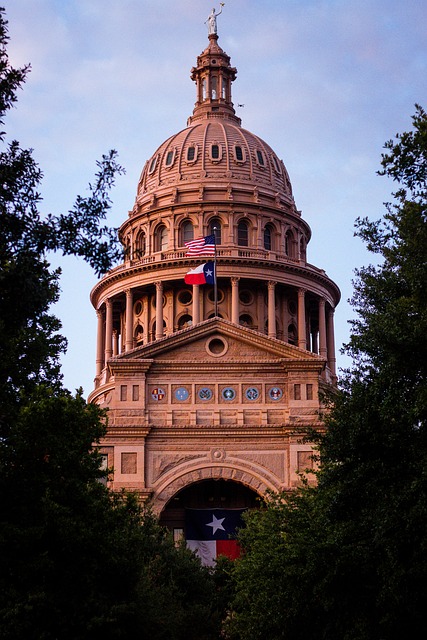
Austin, Texas is renowned for its commitment to maintaining a robust network of parks and outdoor spaces that cater to both relaxation and recreation. Among its iconic destinations, Zilker Park stands out as a crown jewel, offering a sprawling landscape that beckons locals and visitors alike. The park’s 351 acres encompass a botanical garden, a hillside theater for concerts and movies, and a spring-fed pool, all within the bustling Austin TX environment. It’s a place where Austinites can unwind, engage in leisurely activities, or attend one of the many events hosted throughout the year.
Beyond the traditional green spaces, Austin’s reputation for hosting world-class events extends to its outdoor recreational areas. The Circuit of the Americas, located just a short drive from the city center, is a prime example. This facility is not only home to thrilling Formula 1 races but also serves as an open-air venue for concerts and other large-scale gatherings. The park’s design integrates natural landscapes with man-made structures, providing visitors with a unique blend of excitement and serenity. Whether one is looking to experience the adrenaline rush of a grand prix or the tranquility of nature trails, Austin TX offers a diverse array of outdoor experiences that cater to every preference and activity level.
The Health Benefits of Outdoor Activities in Austin's Parks
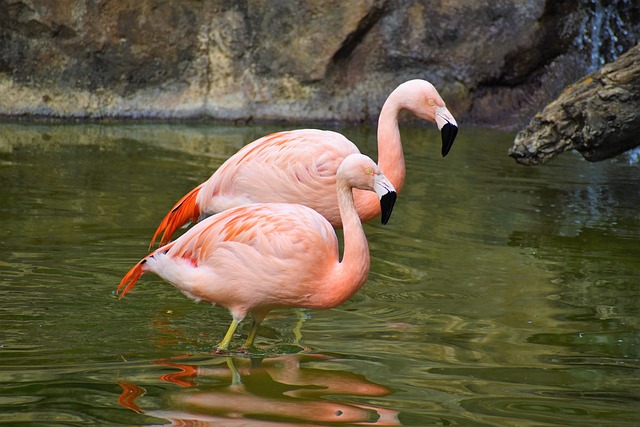
Engaging in outdoor activities within Austin’s parks offers a myriad of health benefits to its residents. The natural spaces like Zilker Metropolitan Park and Lady Bird Lake provide ample opportunities for exercise, such as hiking, biking, and kayaking, which contribute to cardiovascular health and muscle strengthening. These activities also promote mental well-being by reducing stress and improving mood through the exposure to sunlight and fresh air. The serene environment of Barton Creek Greenbelt allows for a tranquil escape from urban hustle, fostering a sense of calm and clarity of mind that is beneficial for cognitive function and emotional health. Moreover, Austin’s parks are rich in biodiversity, offering a chance to connect with nature, which studies have shown can enhance the immune system and provide a natural setting for social interactions that support community well-being.
In addition to physical and mental health advantages, regular use of Austin’s outdoor spaces can lead to a longer lifespan due to the decreased risk of chronic diseases associated with sedentary lifestyles. The city’s commitment to maintaining accessible public parks means that citizens have year-round opportunities to engage in activities like yoga in the Yoga Garden at the Domain or participate in organized sports leagues, which encourage social engagement and teamwork. These activities not only enhance individual health but also foster a sense of community and belonging among the diverse population of Austin, Texas.
Community Engagement: How Austinites Utilize Public Spaces for Social Gatherings
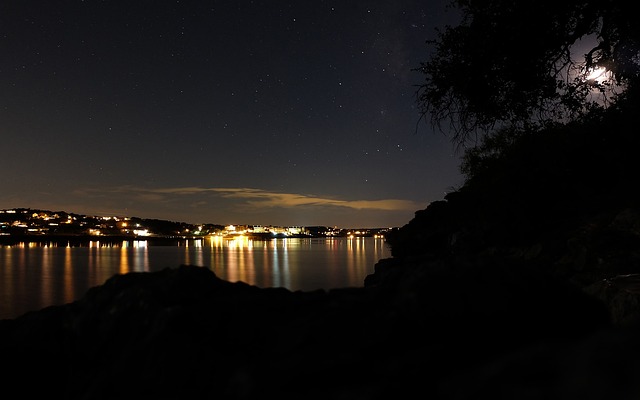
In Austin, Texas, public spaces are more than mere green zones; they serve as vibrant hubs for community engagement and social interaction. Residents of Austin take pride in their diverse array of parks and outdoor areas, which are integral to the city’s cultural fabric. These venues host a plethora of events throughout the year, ranging from neighborhood potlucks to large-scale festivals that celebrate Austin’s rich music heritage. The Zilker Park, for instance, is often abuzz with activities, from live concerts at the amphitheater to kite flying during the annual Kite Festival. Similarly, the Lady Bird Lake Hike and Bike Trail offers a scenic route for joggers, cyclists, and paddle sports enthusiasts, simultaneously fostering a sense of community among users who frequently encounter one another during their daily exercise routines. These encounters often lead to impromptu gatherings or planned meetups, emphasizing the role of public spaces as social catalysts in Austin. The city’s commitment to maintaining these spaces ensures that they remain accessible and welcoming for all, promoting inclusivity and a strong sense of communal belonging. The ongoing engagement within these outdoor venues not only enhances the physical well-being of Austinites but also strengthens the social ties that bind this dynamic community together.
Innovative Initiatives in Austin: Enhancing Accessibility and Sustainability in Parks
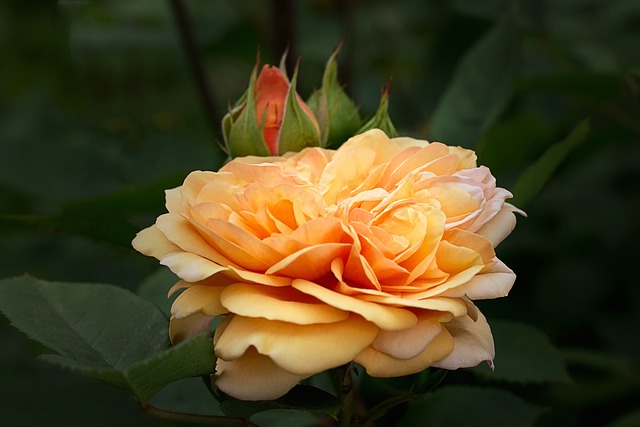
In recent years, Austin, Texas, has emerged as a city that prioritizes both accessibility and sustainability within its park system. The city’s innovative initiatives have significantly enhanced the outdoor spaces available to residents and visitors alike. One such initiative is the “Austin Tomorrow” bond program, which has allocated funds for the development of new parks, the improvement of existing facilities, and the creation of green spaces that are inclusive and accessible to all. These efforts ensure that individuals with disabilities can enjoy the city’s natural beauty without barriers. Moreover, Austin’s commitment to sustainability is evident in its use of eco-friendly materials and practices in park development, such as incorporating native plants and renewable energy sources to minimize environmental impact.
Austin’s Zilker Metropolitan Park serves as a prime example of the city’s dedication to integrating accessibility and sustainability. The park features mile-long, unobstructed pathways for individuals with disabilities, interactive exhibits, and an array of recreational activities that cater to diverse interests. Additionally, Austin’s “Building Better Communities” plan aims to connect neighborhoods with natural trails, promoting healthy living and environmental stewardship. The city’s continuous investment in these areas not only improves the quality of life for its residents but also positions Austin as a leader in the nation for innovative approaches to outdoor space management.
Access to verdant parks and outdoor spaces plays a pivotal role in enhancing the well-being of Austin’s residents. With its extensive network of green spaces, the city not only offers ample opportunities for relaxation and recreation but also fosters community connection and environmental stewardship. Austin, TX, stands as a prime example where public and private sectors collaborate to ensure these areas remain accessible and sustainable for future generations. The health and social benefits of spending time in nature are undeniable, and Austin’s commitment to maintaining its status as an outdoor enthusiast’s paradise is evident across the city’s diverse landscapes, from the iconic Zilker Park to the unique setting of Circuit of the Americas. As a hub for both leisure and activity, Austin continues to innovate, ensuring that its parks remain inclusive, well-maintained, and vibrant centers of community life.
